The lighting temperature basics you need to know – according to the experts
Demystify lighting temperatures with this expert guide to choosing bulbs for every scenario
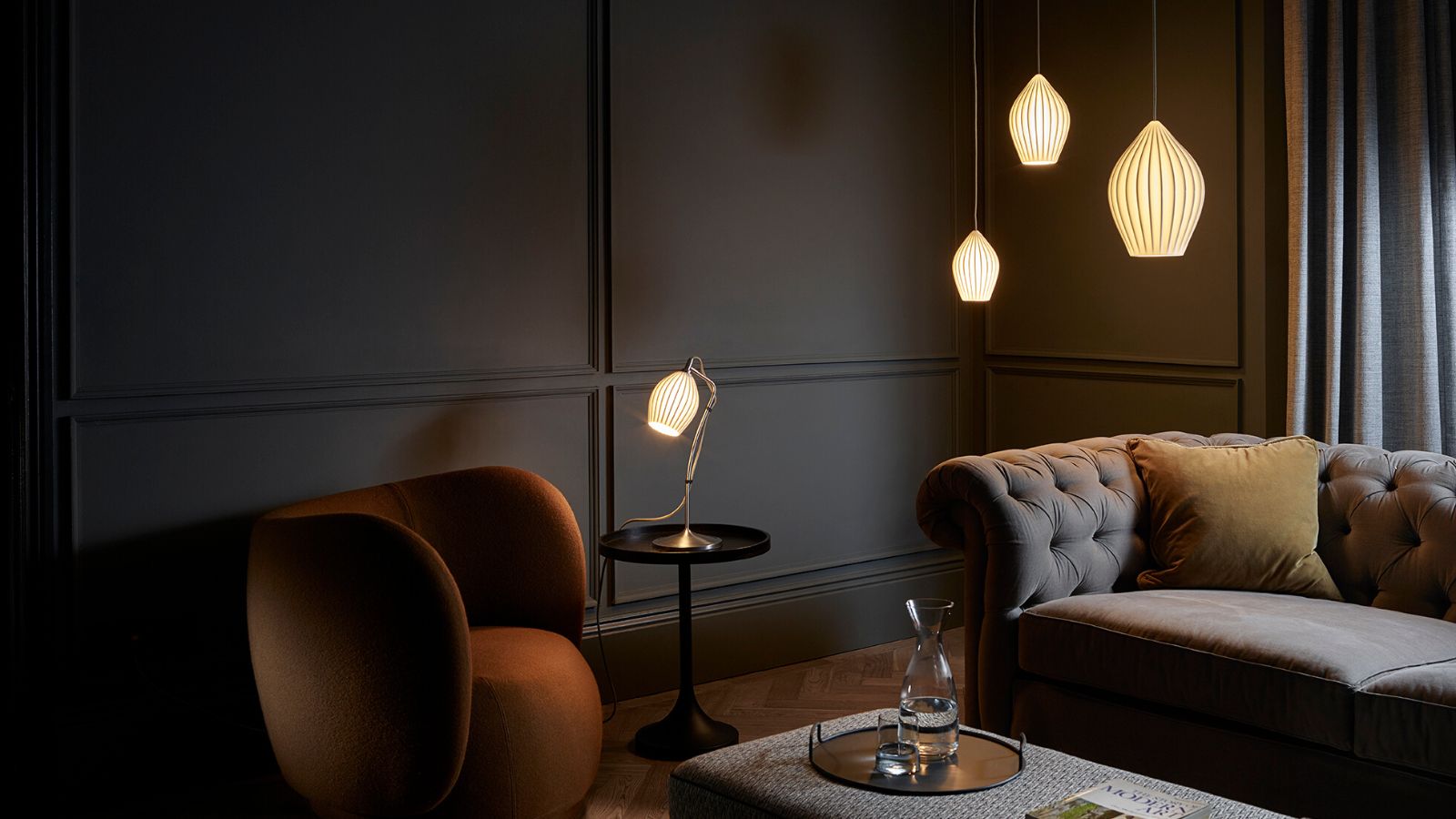

Picking the lighting for your home doesn't stop at finding the perfect light fitting. Getting the lighting temperature right is arguably more important, experts claim.
There's no color without light, so lighting can have just as big an impact on your space as the color you choose to paint it. It is important to make an informed decision when it comes to picking out your bulbs, rather than just grabbing whichever fitting matches your fixtures or looks the most visually pleasing.
Here, lighting experts and designers explain lighting temperature basics so you can get it right every time.
Lighting temperature basics
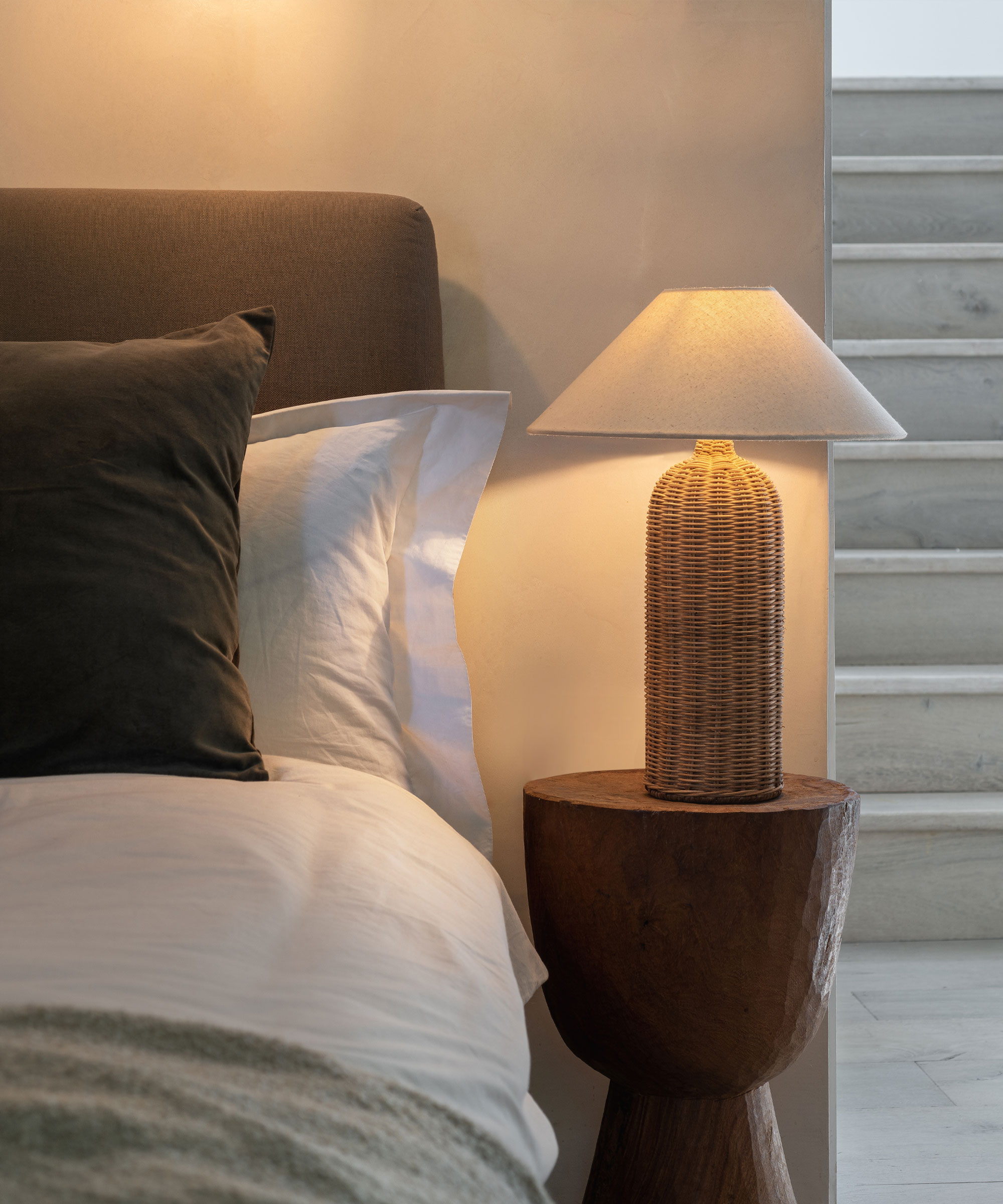
Choosing the right lighting temperature for your room can depend on what you use the space for and where in the house it is located. While it can be easy to say that one light is cold and one looks warm, the addition of Kelvin scales and Wattages can make it feel a little more complicated, especially when every bulb packet seems to say something different.
‘When most people hear “temperature” they automatically think of Fahrenheit or Celsius, meaning how hot or cold something is. When we talk about light temperature, it describes what the color of the light looks like,’ explains Robert Soler (Ph.D. Neurobiology), co-founder of BIOS Light, and subject matter expert on circadian light. ‘You may have heard of things being “red hot,” but even hotter than that is “white hot.” This is exactly where these terms come from.'
‘Kelvin is similar to Celsius, where lower Kelvin is a redder light, and higher Kelvin is a whiter or bluer light,’ Robert goes on. ‘2200K might be what you consider a campfire to be. 2700K is like an incandescent bulb, sometimes referred to as “soft white”. 3000K is like a halogen bulb and is sometimes referred to as “bright white”. 5000K is very blue and is often referred to as “daylight”.’
Warm White: 2600K – 3200K
Design expertise in your inbox – from inspiring decorating ideas and beautiful celebrity homes to practical gardening advice and shopping round-ups.
Cool White: >3200K – 4500K
Daylight: >4500K

Prior to working at BIOS, Robert Soler helped design and build the first LED light for use on the International Space Station (ISS) and collaborated with scientists to use LED light for photo-biological purposes in space, including the circadian lighting system designed to synchronize circadian rhythms of astronauts aboard ISS. He holds a Master of Science degree from the Lighting Research Center at Rensselaer Polytechnic Institute and has a Ph.D. in Behavioral Neuroscience from the University of California, San Diego.
The difference between bulb temperature and wattage
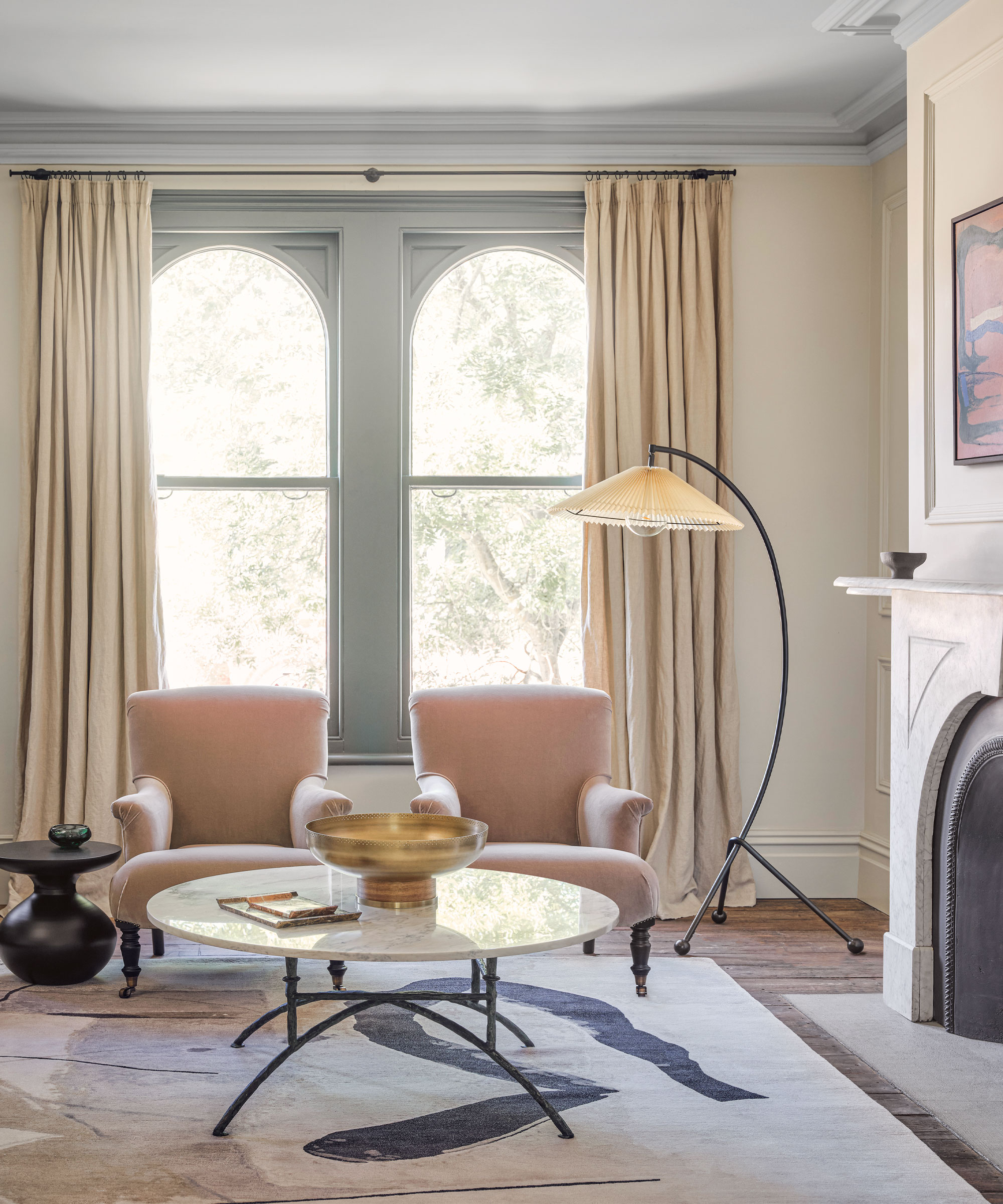
The front of a bulb packet can look like a mess of numbers, but knowing the difference between Kelvins and Wattages, and what these mean for the bulb you are purchasing, can ensure you aren’t disappointed when you get home from the store.
‘Simply put, the temperature is the color of the light, whereas wattage is how much energy is used,’ explains lighting expert Robert Soler, Ph.D. ‘However, there’s one caveat, because a lot of light bulbs also mention wattage equivalence, which refers to brightness.
'For example, a 60W equivalent bulb is as bright as a 60W incandescent bulb, but has an actual wattage of, say, eight watts.’
What to use each lighting temperature for in a home
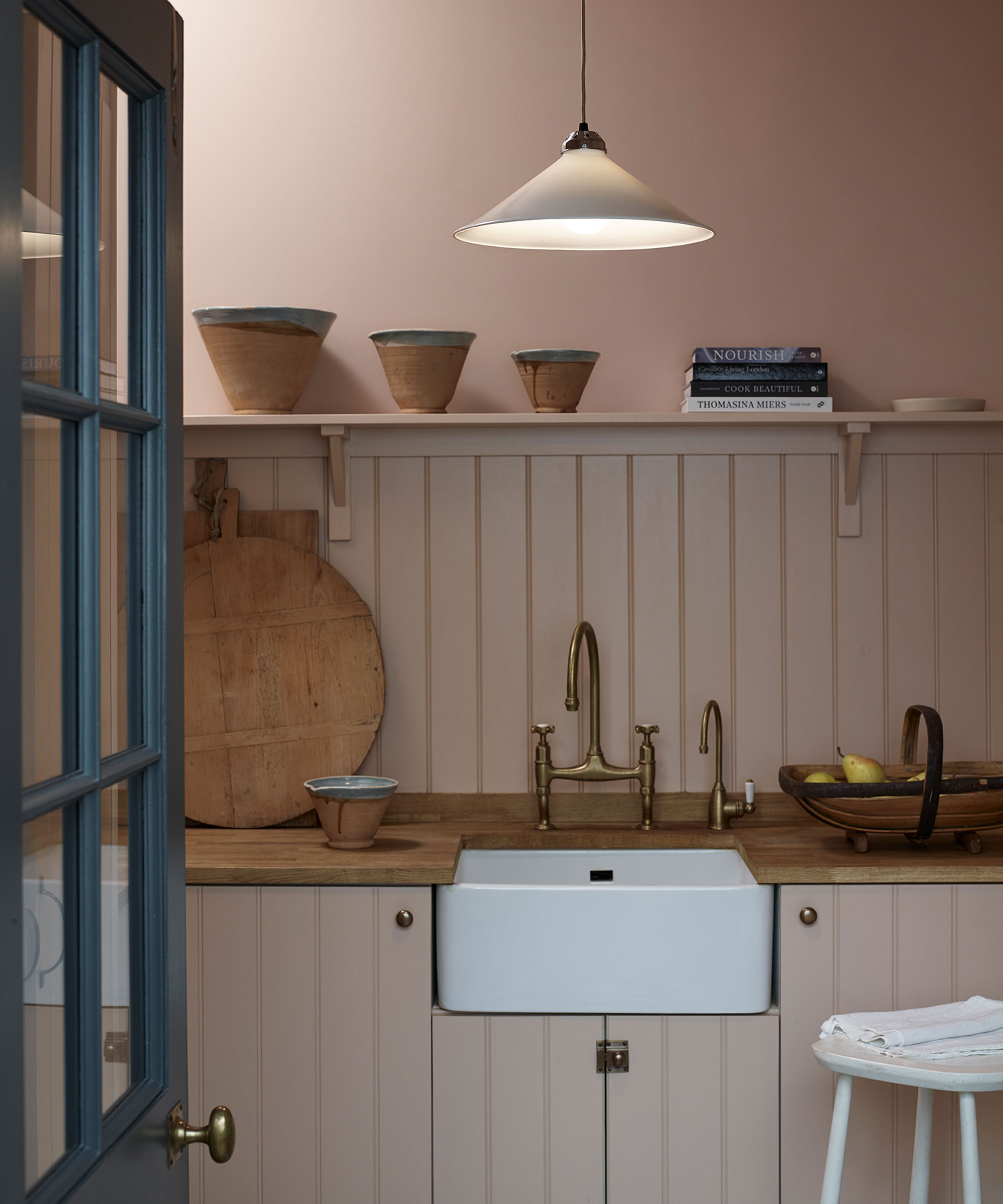
Often, when lighting a home there is a specific goal you have in mind. You may want to make a living room cozy with lighting, for example, or find the best lighting for a kitchen to help with food prep and hosting dinner parties. Understanding which temperature bulb is best for which application can help you to achieve these goals effortlessly.
‘For task lighting, a cool white or daylight bulb with a temperature between 5000-6500K is ideal as it provides a bright and clear light that is great for tasks requiring high attention to detail,’ explains Artem Kropovinsky, founder and principal designer at New York-based studio, Arsight.
Task lighting is essential in every room of the house, from bathroom lighting to kitchen lighting. Task lighting should even be added to your bedroom lighting schemes for applying makeup, styling hair, or reading before bed. ‘For reading or studying, a bright white bulb with a temperature between 4000-5000K is a good choice as it provides a crisp and clear light that reduces eye strain,’ Artem adds.

Artem Kropovinsky has a decade of extensive and considerable global design experience and founded the New York-based interior design studio, Arsight. He has worked on projects in the U.S. and worldwide.
Layering lighting rules

Layering in interior design also applies to lighting, so, in addition to task lighting, each room should also aim to have ambient light, decorative light, and accent light as well. ‘For ambient lighting, a warm white bulb with a temperature between 2700-3000K is the best option as it creates a cozy and relaxed atmosphere,’ Artem continues. ‘In the dining room or kitchen, a warm white or soft white bulb with a temperature between 2700-3000K can create a welcoming and intimate atmosphere.’
Accent lighting and decorative lighting have a little more leniency in whether you do warm or cool in temperature. When planning living room lighting, for example, decorative lighting temperatures can be chosen to enhance the overall mood of the space – for instance warm and cozy – and play into the other lighting temperatures in the space to prevent a harsh contrast. Accent lighting, on the other hand, used when decorating with art to enhance the image, for example, should be chosen to shed an even glow on the decorative feature.
BSOD LED Magic Bulb | $18.99 at Amazon
This small rechargeable light bulb can be easily added to any lamp or sconce, allowing you to easily add extra decorative light without hard wiring.
How to use lighting for wellness in your home
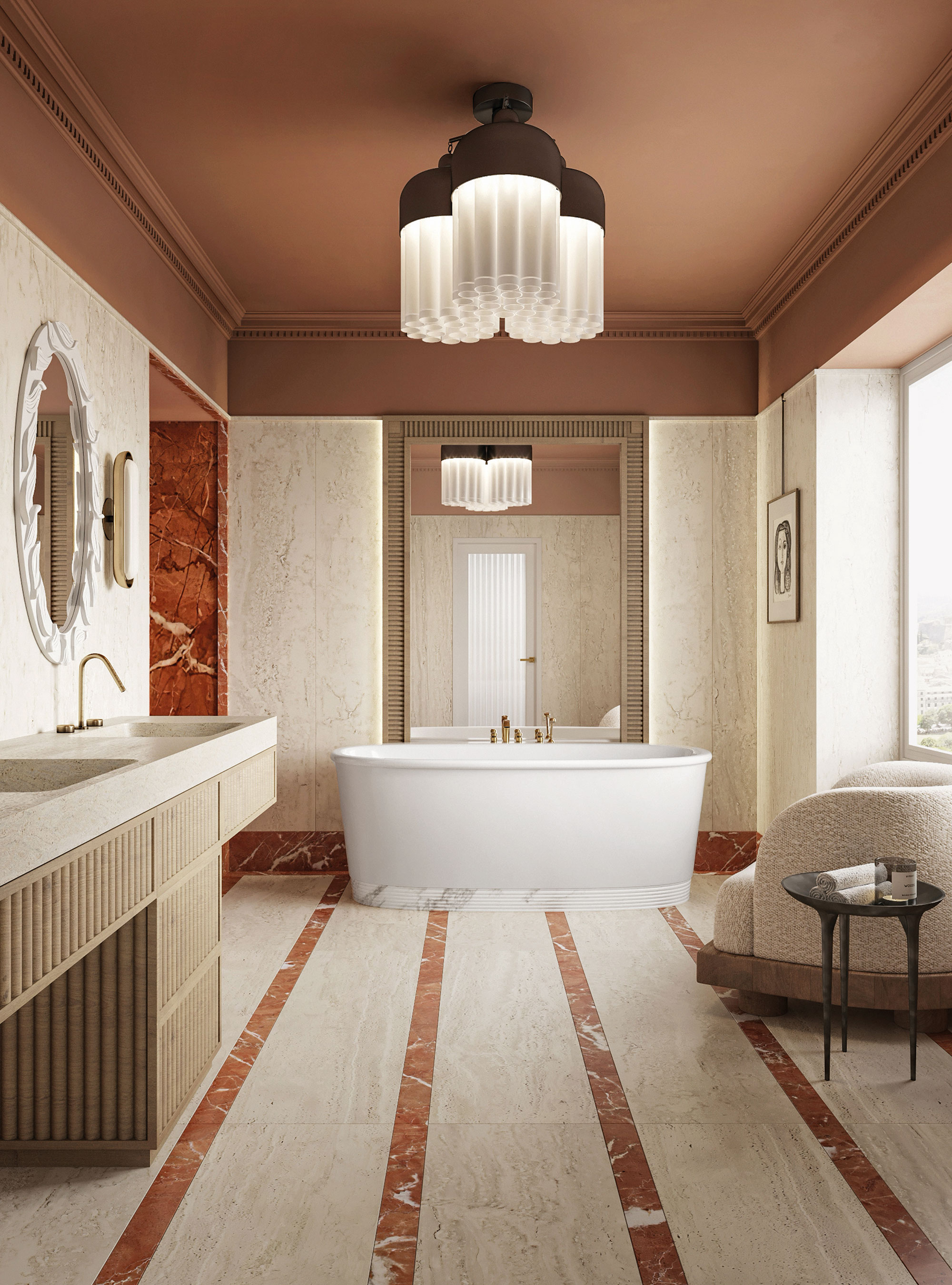
Project by That Home Studio
Like many interior design trends of the last few years, lighting trends are leaning into wellness in design and curating a home to enhance our well-being. Light has a profound effect on our bodies and how we feel from day to day, adding to the list of reasons why getting it right is vital.
‘Our body interprets different temperature light as stimuli for different energy levels and activities,’ begins Robert Soler (Ph.D. Neurobiology), subject matter expert on circadian light. ‘From a biological perspective, the goal is to replicate the balance of sun and sky.
'Bluer light in the morning (like a morning sky) will help you get out of bed with a boost of energy. Daytime light or bright light with cooler tones helps signal to your body that it’s time to be alert and help with productivity so these are perfect for a home office or when you’re working on a project.
‘At the end of your day, you want to move more toward the amber colors to prepare your body for sleep. I’m personally a big fan of 1800K to 2200K.’
Philips Hue White Ambiance Bulb | Was $44.99, Now $39.99 at Amazon
The Phillips Hue Ambience Bulbs can be controlled from your smartphone or smart home device, allowing a range of temperatures from warm white to daylight in one bulb.
What are the three color temperatures in lighting?
The three main color temperatures for bulbs are:
- Warm light between 2700K-3000K, ideal for living rooms and bedrooms to help relax and feel cozy
- Cool white between 3000K-5000K for task lighting in functional spaces like the kitchen or bathroom
- Daylight between 5000K-6000K for similarly functional spaces like around vanity mirrors for styling hair and applying makeup.
What are the four types of lighting?
There are four main categories for lighting. Ambient lighting for providing overall illumination for a room such as ceiling lights, task lighting for close work such as desk work, cooking, or reading, accent lighting is designed to highlight or emphasize an element in the room, and decorative lighting, which is placed to look visually pleasing or enhance the space.

Chiana has been at Homes & Gardens for two years and is our resident 'queen' of non-toxic living. She spends most of her time producing content for the Solved section of the website, helping readers get the most out of their homes through clever decluttering, cleaning, and tidying tips. She was named one of Fixr's top home improvement journalists in 2024.

